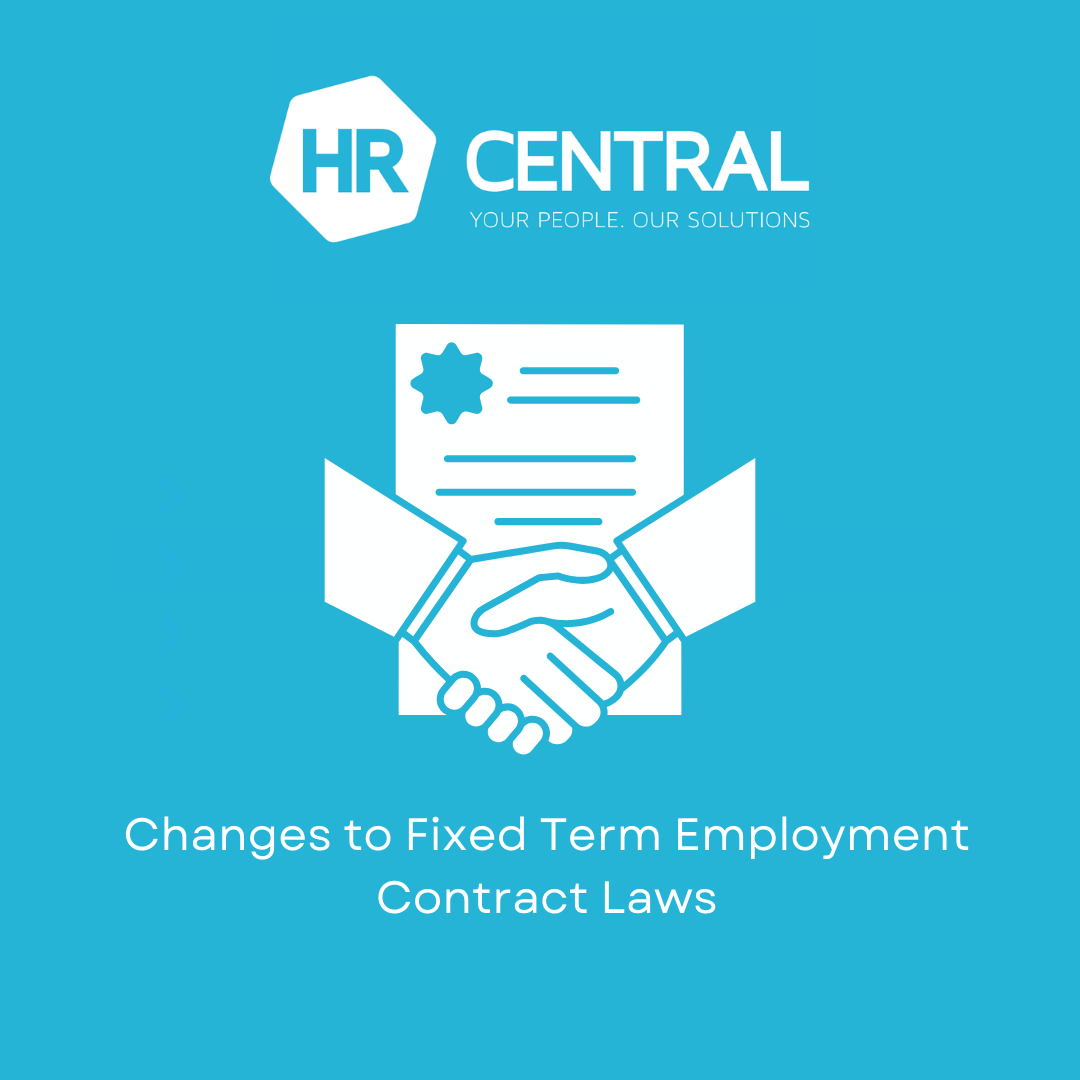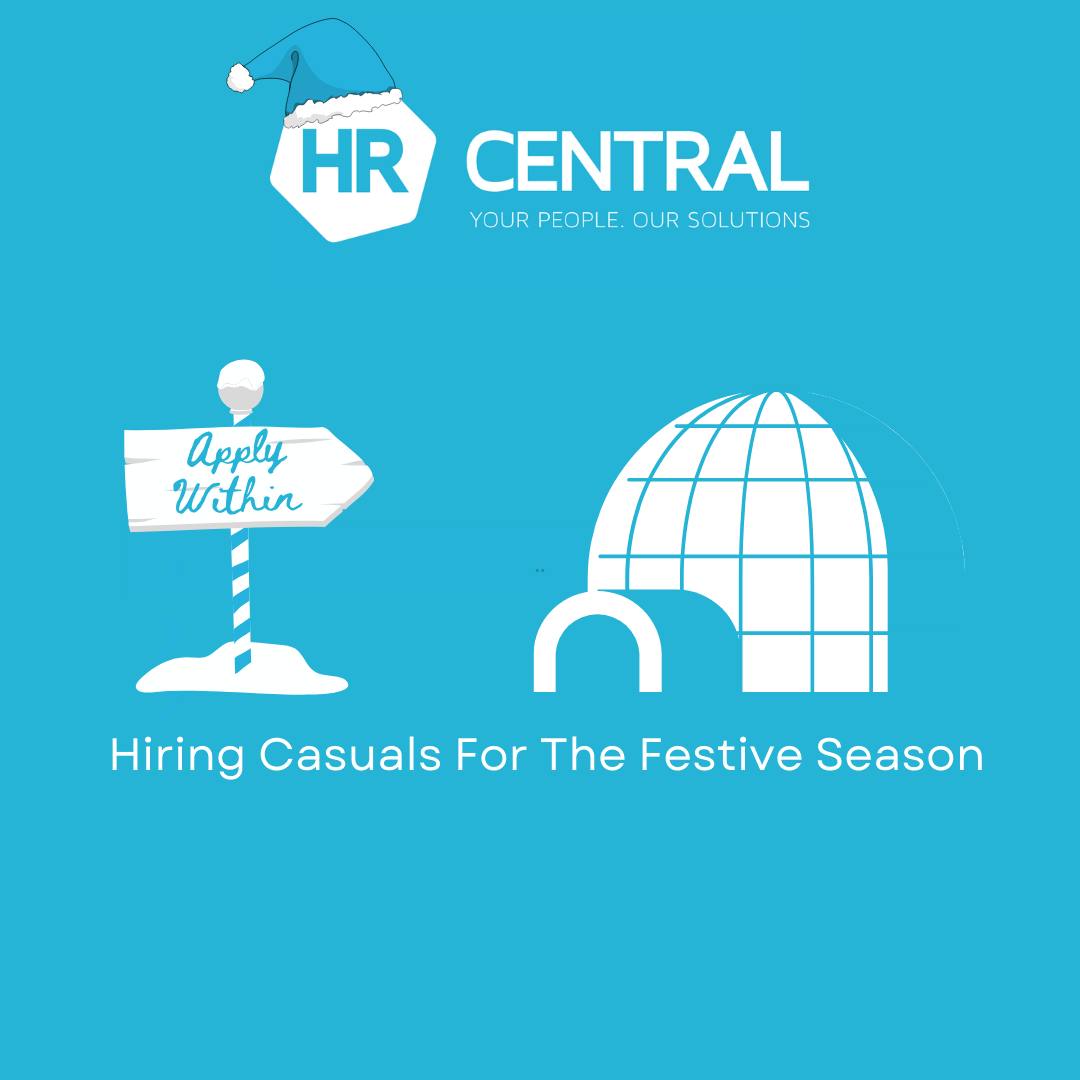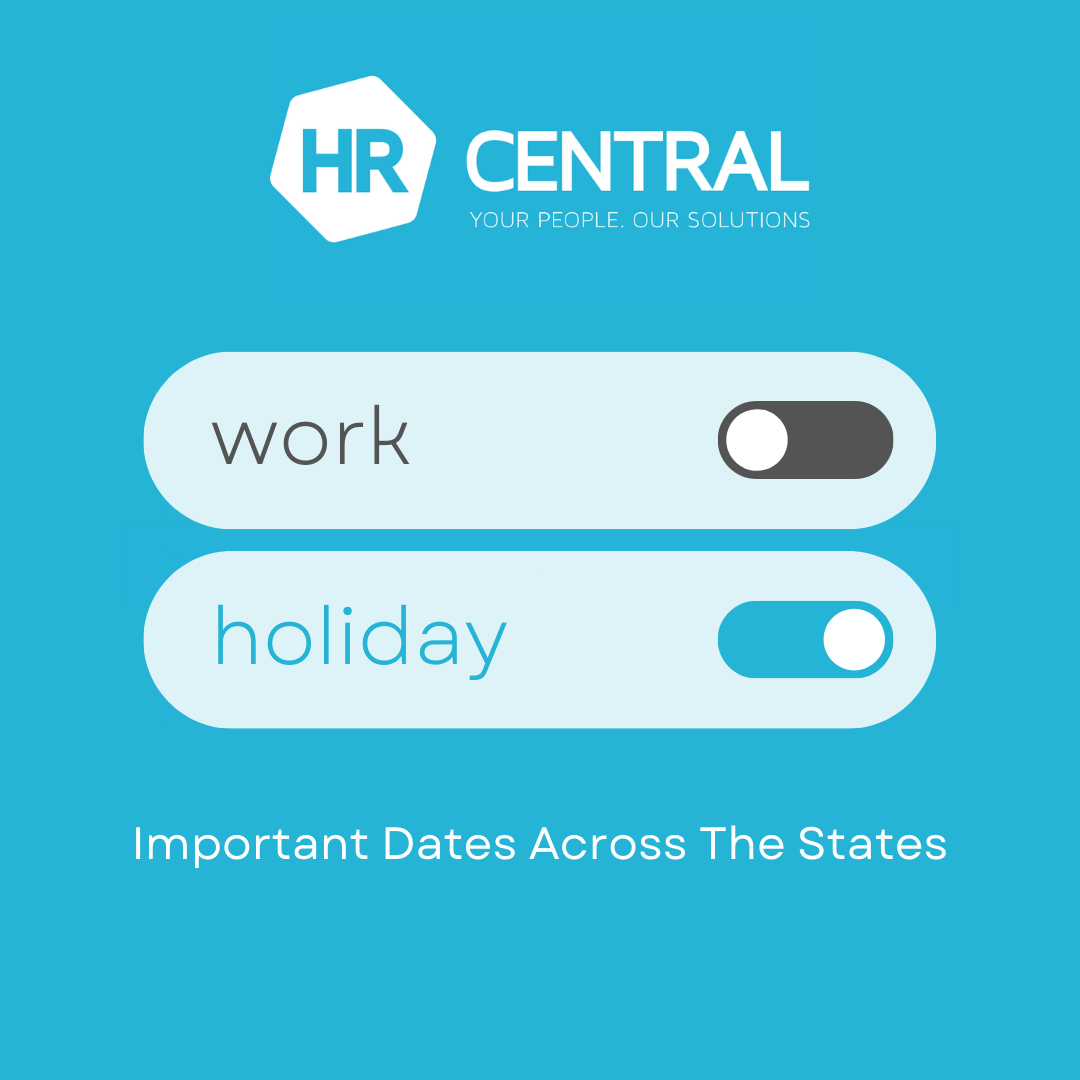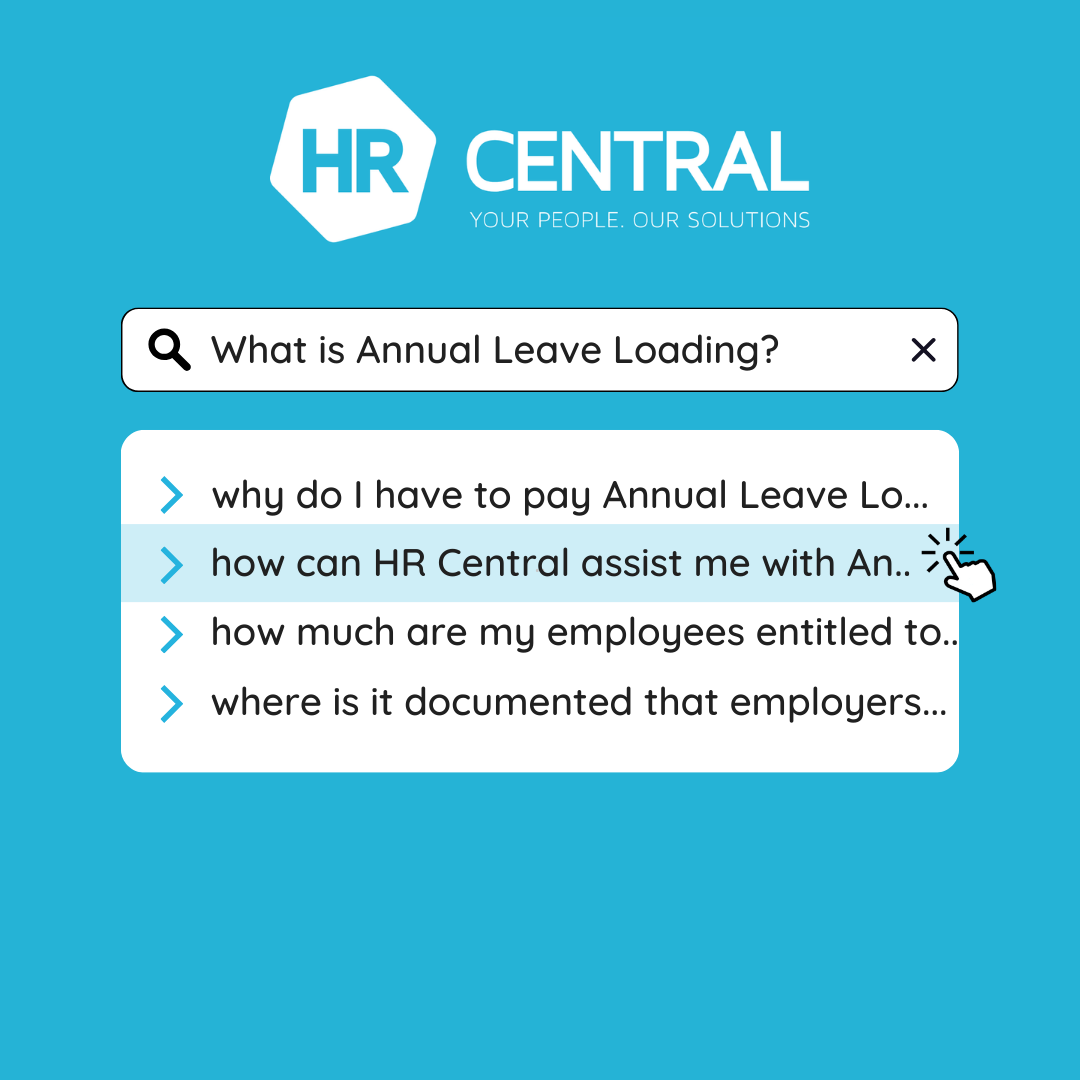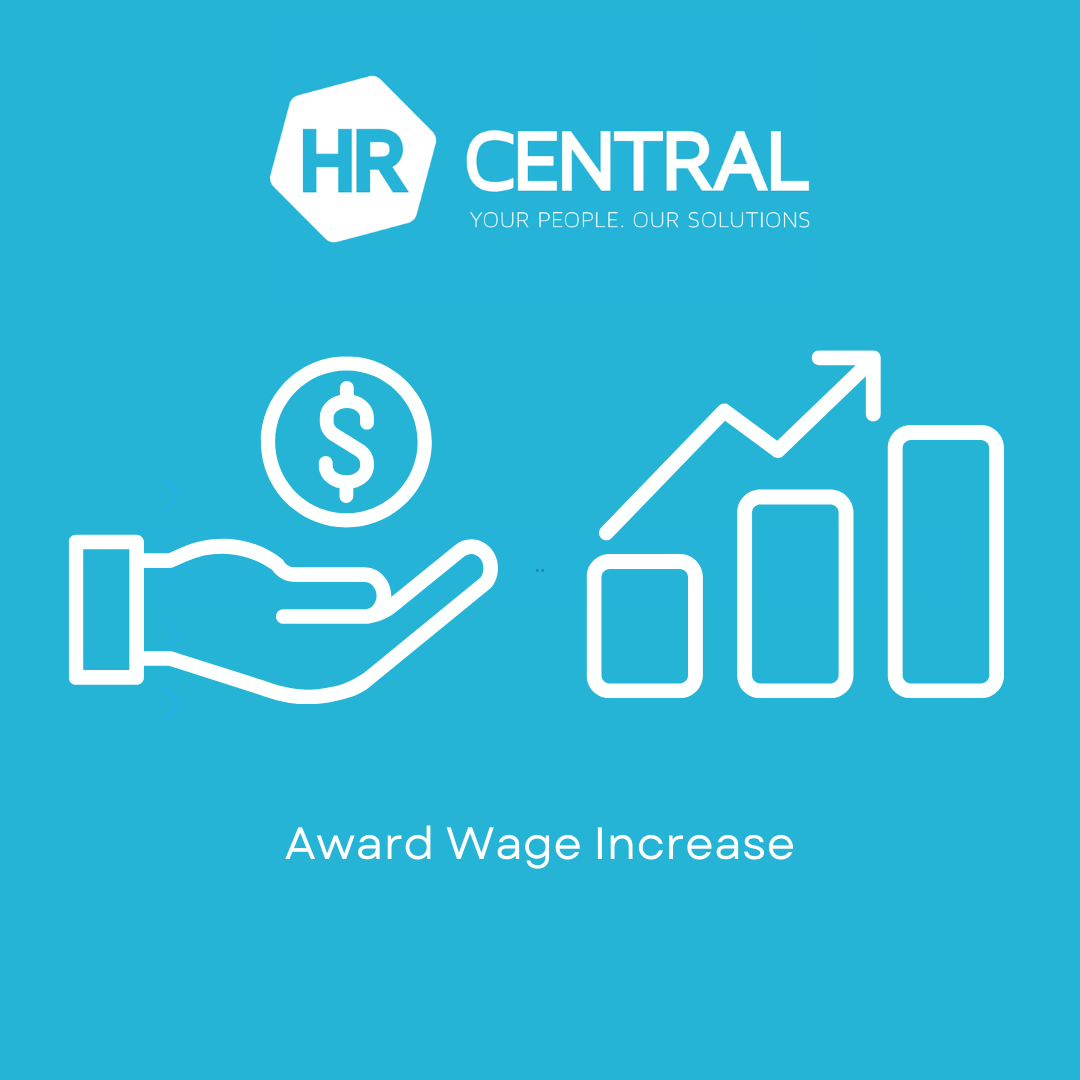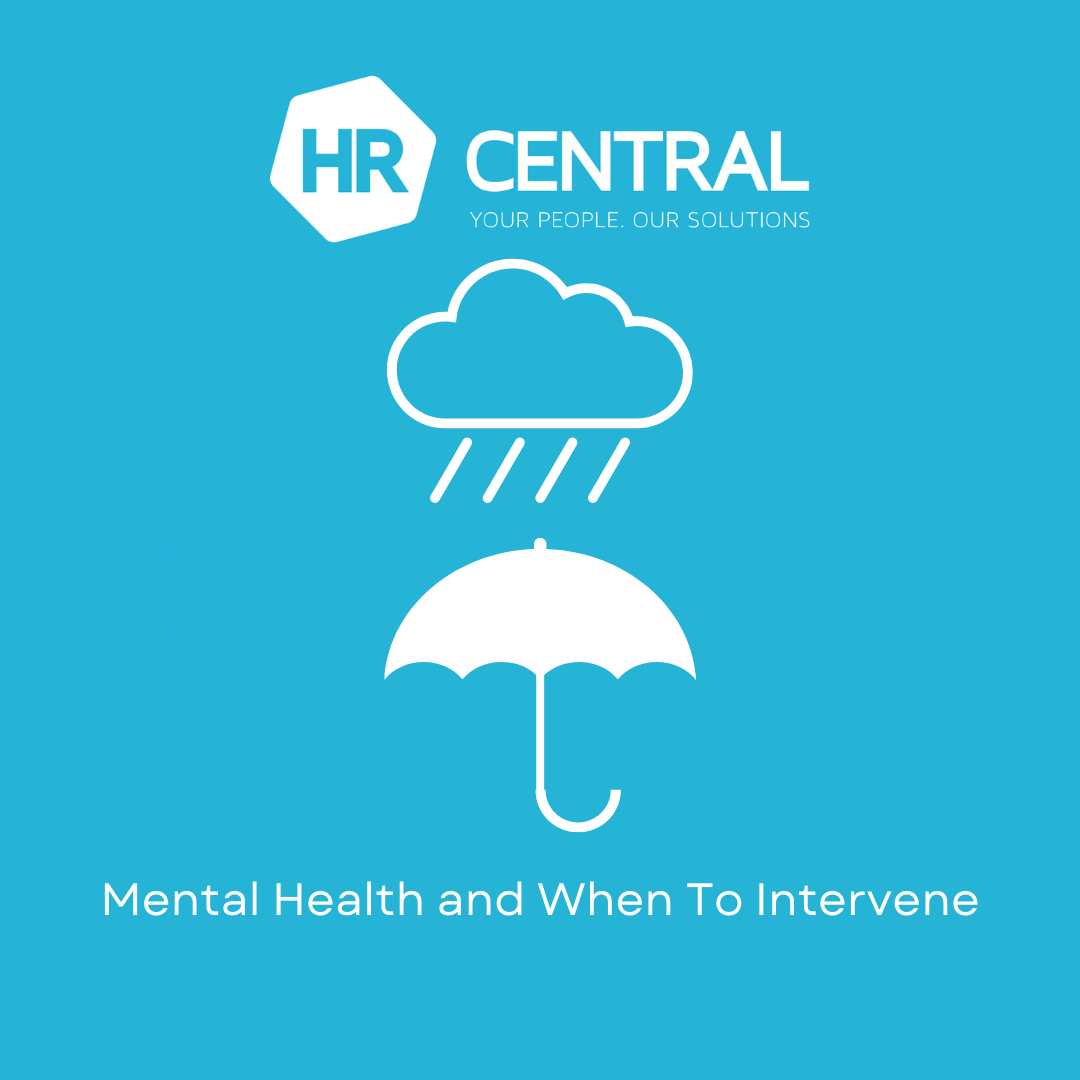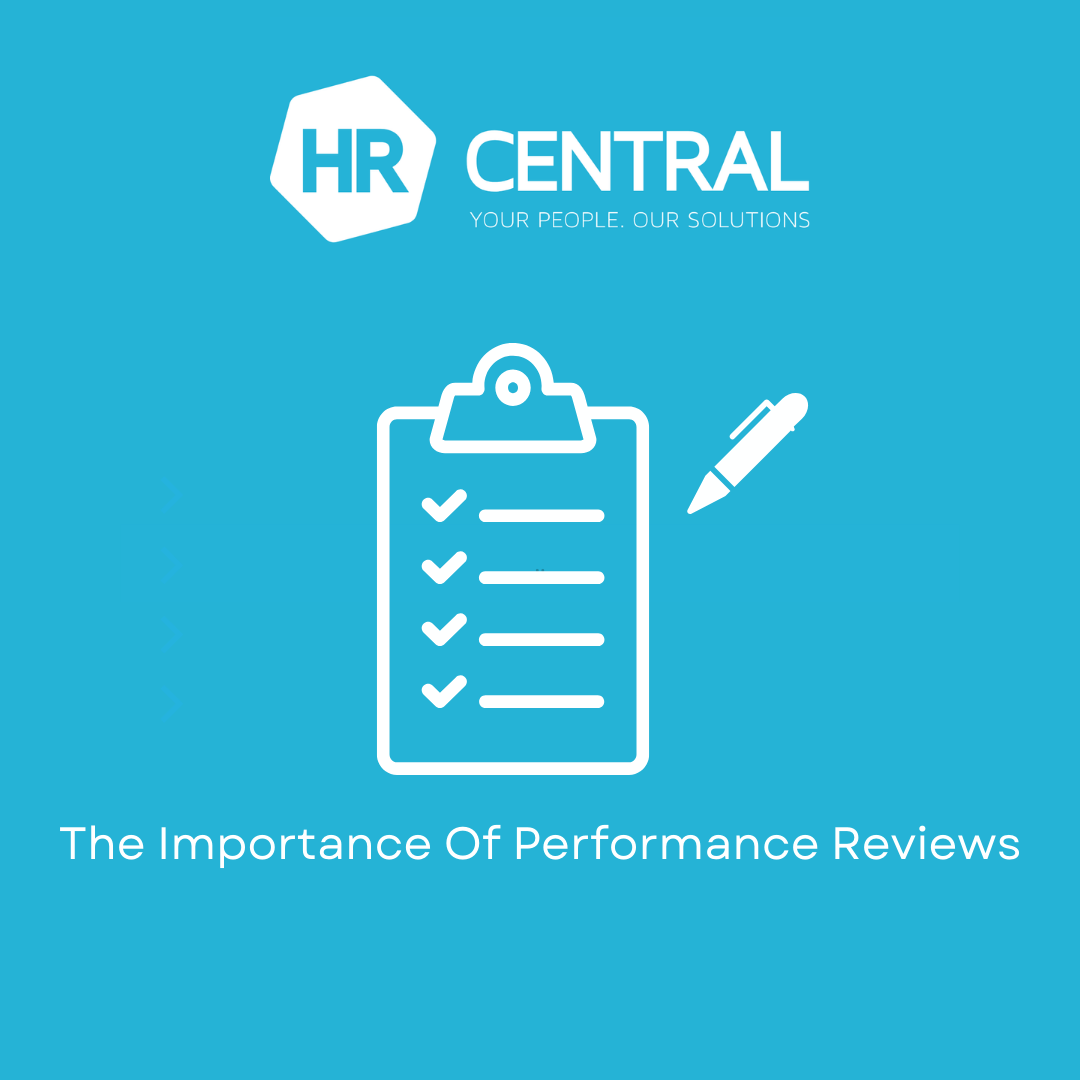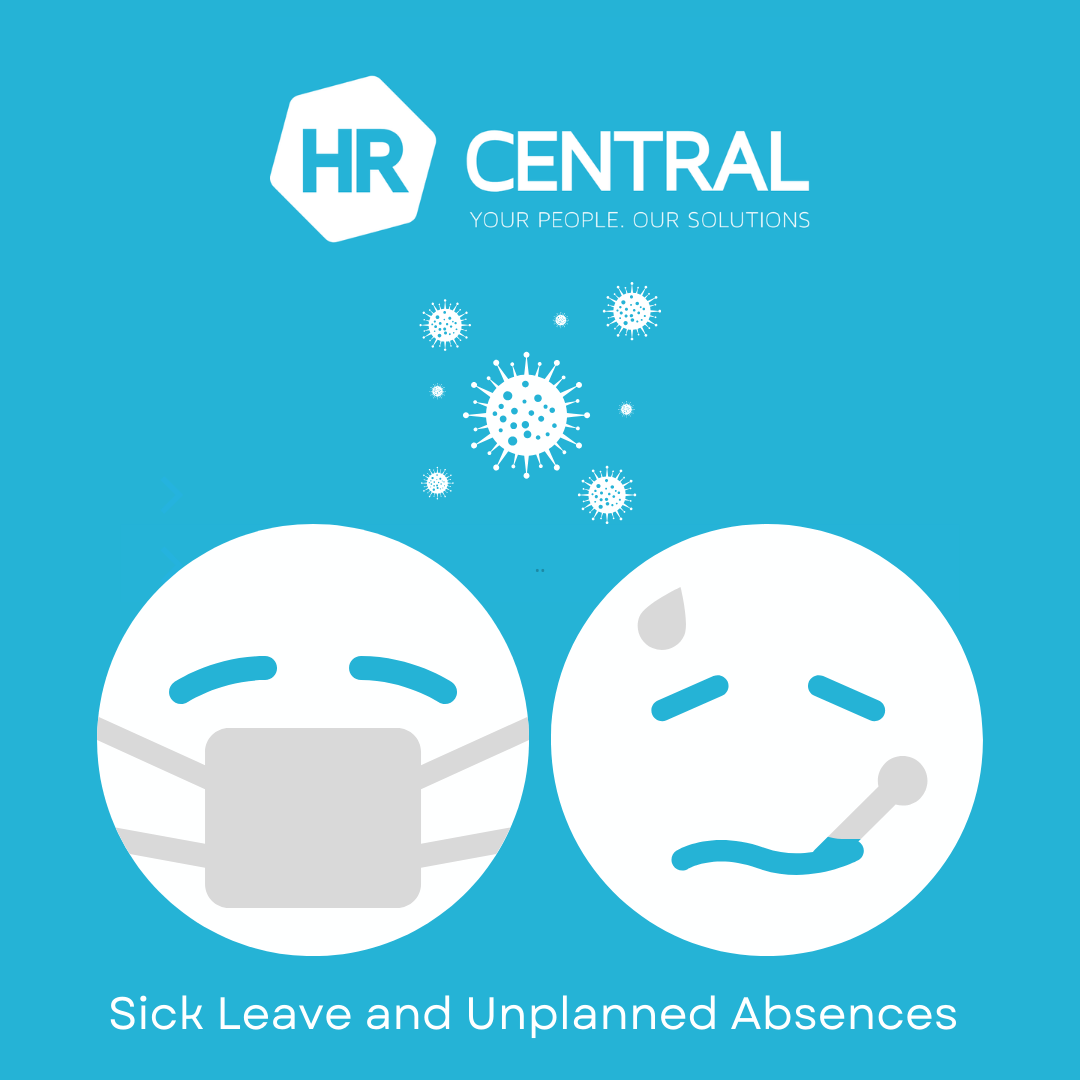Misclassification poses significant risks for both employers and workers.
Constructing appropriate workplace agreements involves correctly classifying workers as either employees or contractors. This determination has significant legal and financial implications. Misclassification, where an employee is erroneously designated as a contractor, can lead to liabilities under the Fair Work Act (2009). It's essential to understand that the mere stipu


